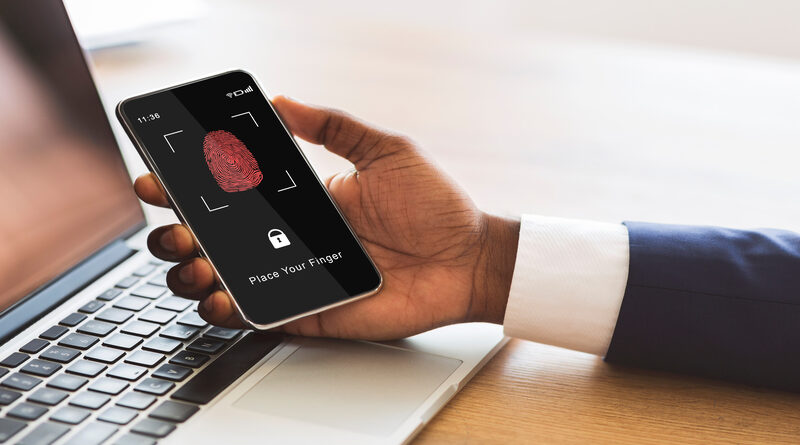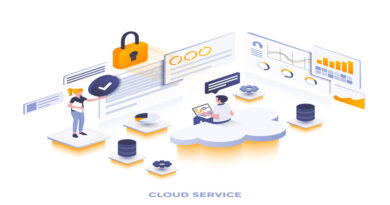The Necessity of Biometric Identification to Create an Extra Layer Of Security
Biometric identification has initially made its way into an average person’s life by replacing PIN on smartphones. Today, it has leaped beyond this simple feature to ensure security for enterprises. Starting from efficient clocking in/out terminals and ending with restricted access to certain facility areas, many companies all over the world are taking full advantage of biometric authentication.
The most important part of biometrics is the virtual inability to hack them. It’s tough to steal fingerprints or use someone else’s face contour for “buddy punching”. As the use of biometrics progresses, people have an opportunity to do banking and pass customs in airports by showing their iris patterns, face contours, and fingertips.
Let’s go a little deeper into what biometric identification is and how it can create an extra layer of security.
What Are Biometrics?
Biometrics measure certain personal characteristics of a human being to verify his or her identity. Even though biometrics could also include behavior patterns, today, we mostly use fingerprints, faces, and eyes. To work as a security measure, biometrics must be unique, permanent, and easy to collect. Once equipment collects your data, it checks it against a database to find a match.
Biometric authentication gives opens many doors (some of them literally). You can unlock a smartphone, complete financial transactions, talk to Siri or Alexa, and much more. Meanwhile, police can collect DNA and fingerprints to identify a criminal.
Following biometric data types are generally used to increase security in our everyday lives:
- Fingerprints – used for a variety of tasks from unlocking a device to solving a crime.
- Iris – since a person’s iris is unique, it can serve the same purpose as fingerprints. Iris is mostly used for security applications.
- Face – by using a pattern of the facial contours, it’s possible to identify a person.
- Voice – by measuring unique sound waves of a human voice, a voice recognition device can become an excellent security measure.
How Do They Work?
A special scanner records your biometric information, stores it and checks it against the existing database. That’s it. You can gain access to different devices, doors, and programs with one touch or look while nobody else can do the same.
Since biometric scanning devices are highly common today, many large companies are already using them to control entrance and exist to their buildings and systems. According to Entrance, a custom software development company, software created for biometric authentication systems must have a high level of security to prevent hacks and frauds.
How Can Biometrics Create an Extra Layer of Security?
Let’s take a look at how biometric authentication can improve security for companies and individuals.
1. Safer Than Passwords
The problem with passwords has been evergreen for decades. Some aren’t secure enough. Others are lost. Others yet are stolen. No matter how much managers try to educate employees about utter password strength and security, people still tend to use their birthdates or write passwords on pieces of paper and stick them somewhere anyone can see.
With biometric identification, this problem will disappear. You don’t need to remember dozens of passwords anymore to access your bank account, unlock your phone, open the door or clock in/out of your workplace. All you have to do is look or touch.
Without an opportunity to share biometrics data, the problem of stealing passwords is disappearing. Even though it’s still possible to hack databases that contain biometric data or steal someone else’s fingerprints by acquiring them from a surface they touch, it’s much harder to do than to figure out an unreliable password.
2. Secure Access to Buildings and Data
While pass cards to enter certain areas of a facility appear convenient, they are far from being secure. Anyone can steal a card or copy it to gain unauthorized access. When it comes to biometrics, stealing becomes much harder. Companies can control who enters and exits the facility and use this information in case any incidents occur.
Meanwhile, using such technologies saves a tremendous amount of time. Even though running a card through a device or typing in PIN is fast, biometrics scanning is faster. Since time is money, companies can save substantial amounts by taking advantage of biometric identification.
Another way to heighten security using biometrics is to set up access rules for certain devices and programs used in the company. If you don’t want certain employees to see particular information, you can restrict access by setting up biometric identification software and equipment.
3. Convenient Use
The biometric authentication process is highly convenient. There isn’t a need to reset passwords or change passcards when a different level of access is necessary. Once the biometric test is activated and all biometrics information is collected, employees can start taking advantage of the system.
The reason for many security issues is the inconvenience in password changes for numerous terminals. People and companies may simply ignore the need to do it for a long time to avoid extra effort.
By offering high convenience, biometric identification increases security.
4. Secure Transactions
Biometric authentication is widely used in the payment space. Companies like PayPal, Apple, Google, and Visa are using biometric identification as part of their authentication process for making purchases.
Using biometrics increases payment security, reduces the risk of theft, and improves the overall user experience. Meanwhile, biometrics can make checkout secure at brick-and-mortar stores that use self-checkout terminals.
Is it As Safe as We Think?
While biometrics identification can add an extra security layer, some safety issues with using such technologies exist.
Biometric data is stored in databases, which are subject to hack attacks. Even though the security of such databases is highly guarded, loopholes are possible.
By stealing biometric information, a hacker may gain access to a user’s bank account, software, and devices. Simulation software already exists to mimic a person’s voice. It may be a matter of time until software that mimics other biometric parameters appears.
Final Thoughts
Biometric identification can heighten security for many individuals and companies in different areas. Today, it’s widely used all over the world. By taking advantage of what biometric authentication has to offer, you can gain a competitive edge and improve your security measures.
However, it’s important to pay extra attention to biometric database security. Otherwise, all benefits could turn into one big disadvantage.












